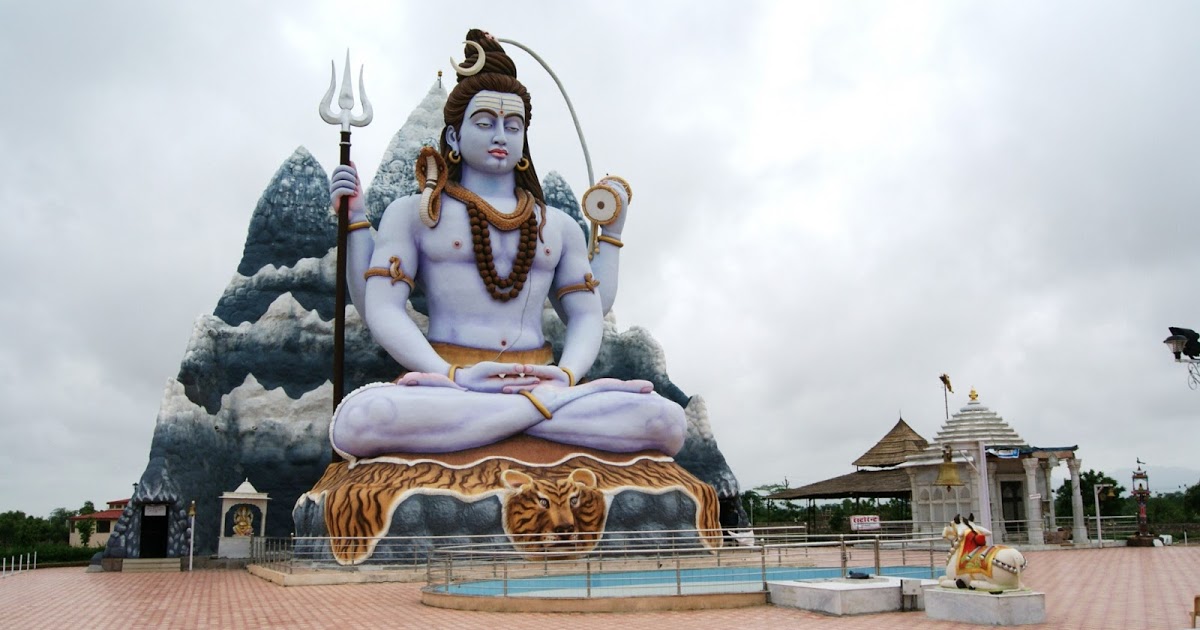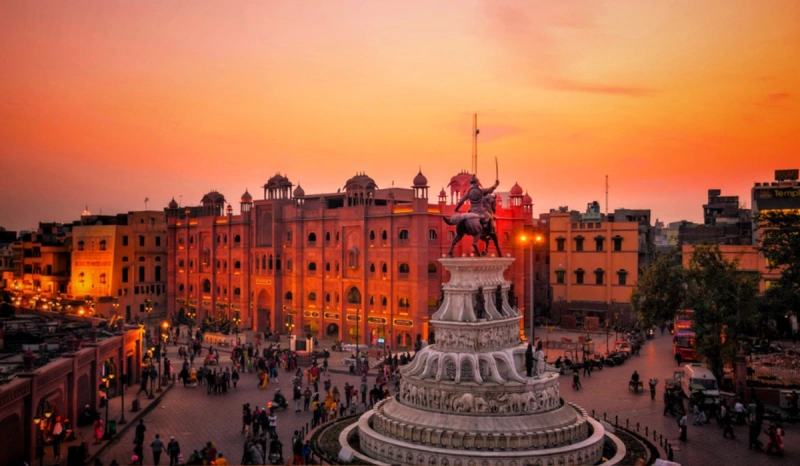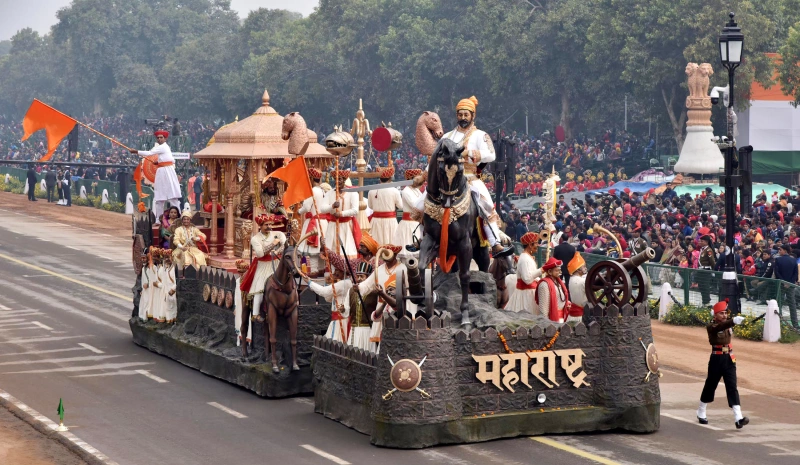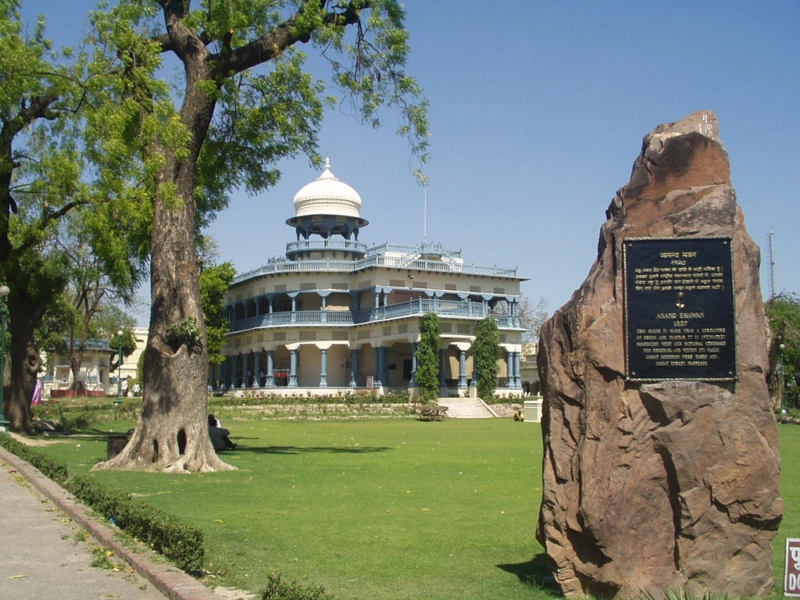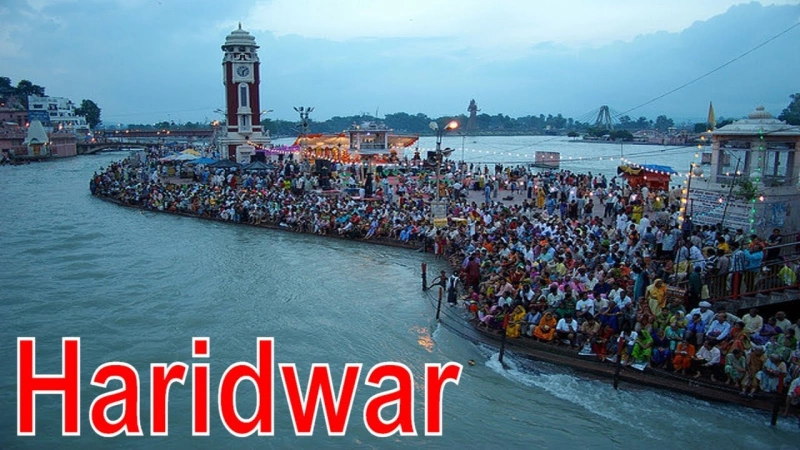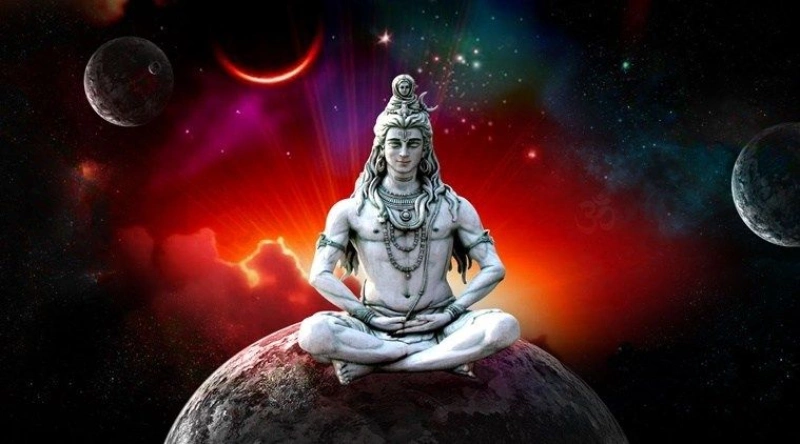
MahaShivratri: Explore in which countries where Lord Shiv is been Worshipped.
The holiday of Maha Shivratri is quickly approaching, and the 12 jyotirlingas scattered throughout the nation will be the main draws for pilgrims. However, did you know that 13th is also present but sadly not in our nation. Do you know which nation has it? The solution is on our list of well-known Shiva temples outside of India.

Motishwar Temple in Muscat
It is nearly impossible to find a Hindu temple in a nation that is largely Muslim. However, there is a Lord Shiva temple with a lengthy history in the old city of Oman.
According to history, the approximately 400-year-old Motishwar Mandir in Muscat was established by a small group of Gujarati businessmen. The idol of Mahadev was not, however, created by an Indian merchant.
It was already present as Motishwar Mahadev in the mansion of the Sultan of Muscat.
When Gujarati traders arrived in the city in 1507, they discovered this idol in Tamibur bin Faisal (the Sultan of Muscat) palace. With the Sultan's approval, businessmen moved the idol to a temple they had built close to the Al Alam Mansion.
When it comes to Hindu festivities honoring Shiva, especially Maha Shivaratri, the temple is well-known among the local Hindi believers. The temple also contains idols of Hanumanji and Shri Adi Motishwar Shiva in addition to Lord Shiva.
The most amazing feature of this shrine is that despite the fact that water is scarce throughout the nation and the city is desolate, the well on the inside of the temple never runs dry.
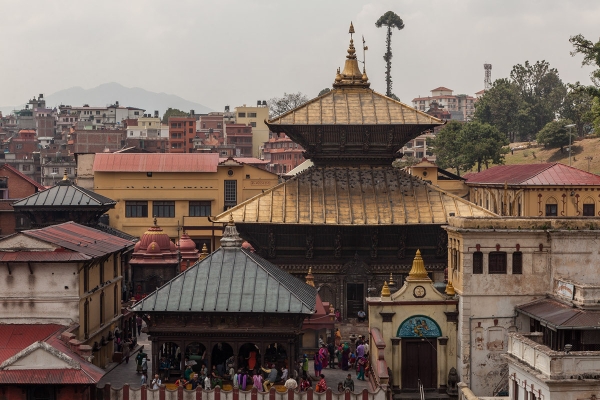
PashupatiNath Temple in Nepal
Shiva is regarded as Pashupati Nath and is revered as the God of Animals in addition to being the God of Humans. The five various manifestations of Mahadev that are seen in Nepal are Barun, Uma Maheswara, Ishana, Aghor, and Tatpurusha, who typically stand for earthly elements. Along the banks of the Bagmati River in India, a gorgeous temple honoring Pushupati Nath, a revered figure in neighboring Nepal, is located. Additionally, it has a backstory to its construction. Legend has it that Lord Shiva made the decision to take the form of a deer and live here forever because he was mesmerized by the stunning valleys and surroundings.
As per the local beliefs, wishes are granted here. As a result, when visiting Nepal, worshippers never forget to stop at the PashupatiNath temple.
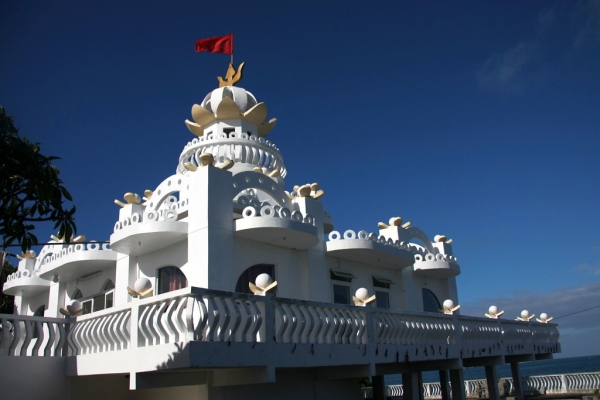
Shiv Sagar Temple in Mauritius
The Shiva Sagar Temple, which was built against the backdrop of a crystal-clear lagoon and is encircled by mangroves, is another distinctive feature of Mauritius. It was built in the late 1970s and is located on the islands of Poste de Flacq and Goyaves de Chine. However, the Grunowa's family refurbished the shrine in 2007 and turned it into a significant Hindu temple. The Hindu temple's architecture and setting are fascinating, but the Lord Shiva idol itself is what draws the followers. The statue is entirely constructed of bronze and is 108 feet tall.

Candi Prambanan in Indonesia
This one is the largest Hindu temple in Indonesia and a UNESCO World Heritage Site. It is a sprawling 17 km to place of worship for Hindus. The temple, which was constructed in the ninth century under the Sanjaya Dynasty, is the finest illustration of Hindu architecture.
The Creator, Destroyer, and Preserver of the Universe are three Hindu deities that are worshiped at the temple, which is located in the compound's center. Along with the idols of Hindu deities, the walls of the temple also depict scenes from the Ramayana and Bhagavat Purana.
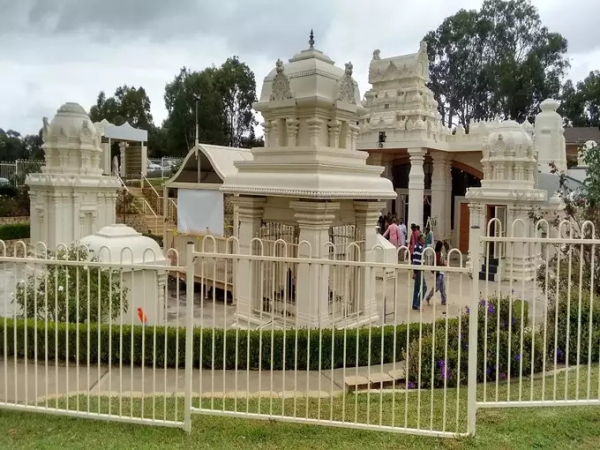
Mukti Gupteshwar Temple in Australia
Lord Shiva's Mukti Gupteshwar Mandir is unique among all the temples in the globe. Its distinctive construction is the cause. The cave in the temple is the single cave for Mahadev ever constructed by a person and is entirely man-made.
The following characteristics make it more special and a must-see Shiva temple for Shiv Bhakt:
The representations of all 12 Jyotirlingas stand here, together with a man-made 13th Jyotirlinga, and a large number of lingas that represent the various names of Mahadev.
The remaining 108 lingas indicate his Rudra names, while the total of 1008 lingas reflect the Sahashtra names.
The temple includes a special tomb to store the prayers and letters that worshippers have written to God.
The temple area also contains approximately 1128 miniature mandirs. There are 2 million of these notes in the room, all of which have the words "Om Namah Shivaya" printed on them. In addition to this, it contains water from 81 rivers worldwide, including some of Australia's largest.
It was built on the festival of Mahashivratri in 1999.
In addition to this, Lord Ganesha and Ram Parivar Temple are located inside the grounds of Mukti Gupteshwar.
Also Read: Lord Shiva Most Famous Temple to Visit this Shivratri in India







